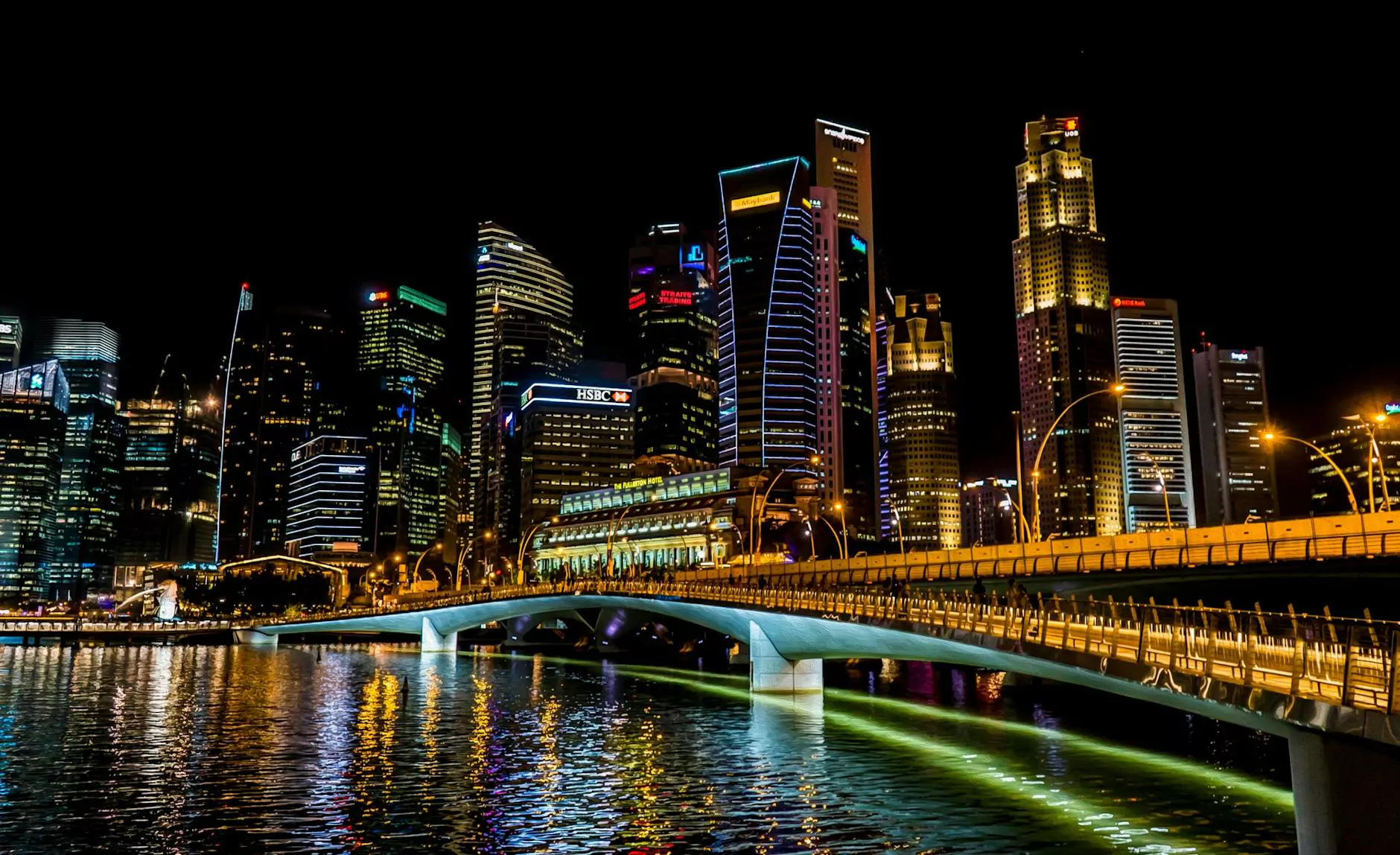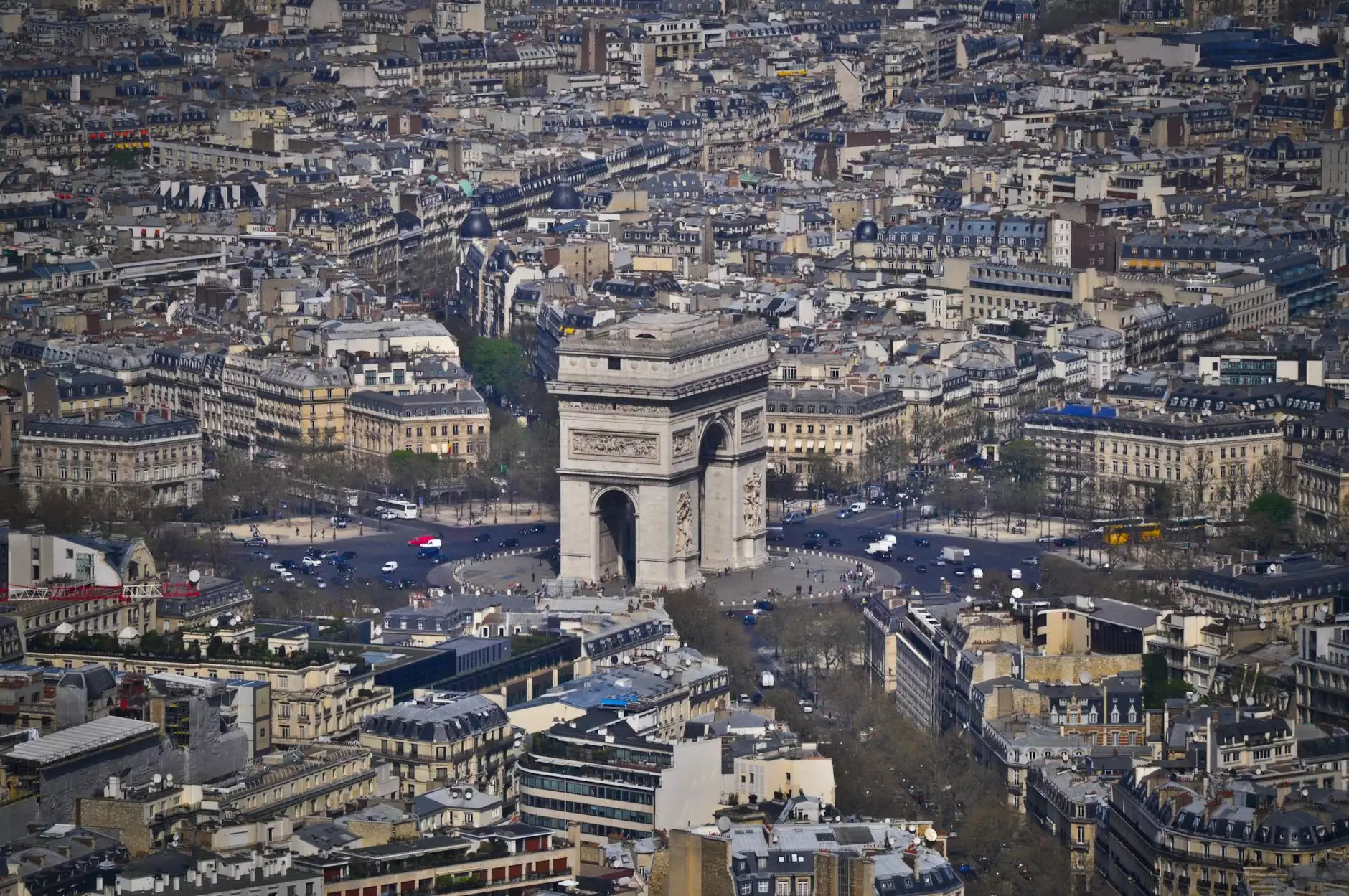The Allure and Impact of Site-Specific Light Art

Site-specific light art is an enthralling form of artistic expression that utilizes the unique characteristics of a designated location to create immersive and transformative experiences. Artists wield light as their primary medium, crafting pieces that not only illuminate but also reflect and enhance the inherent qualities of their surroundings. This article delves into the fascinating world of site-specific light art, exploring its history, techniques, significance, and the role it plays in connecting people to art in public spaces.
Understanding Site-Specific Light Art
Site-specific light art is defined as art created for a particular location, taking into account its physical, historical, and social dimensions. Unlike traditional art that can be displayed in various venues, site-specific art engages deeply with its environment. This relationship between artwork and site creates a dialogue, making the piece resonate with viewers on multiple levels.
A Brief History of Site-Specific Art
The roots of site-specific art can be traced back to the 1960s and 1970s, when artists began to challenge the conventional boundaries of art by placing their creations within the context of environment and community. Artists such as Robert Smithson and Christo and Jeanne-Claude paved the way for this movement by creating ambitious works that interacted profoundly with the landscapes around them. The emergence of light as a medium in this genre has since evolved, with contemporary artists harnessing advanced technologies to create dynamic experiences.
The Techniques Behind Site-Specific Light Art
Creating effective site-specific light art requires a mastery of various techniques and technologies. To achieve a compelling installation, artists often consider:
- Environmental Analysis: Artists study the location, factoring in natural light, architectural features, and surrounding landscapes.
- Interactive Elements: Many contemporary installations incorporate interactive lighting technologies, allowing viewers to engage with the artwork.
- Light Manipulation: Artists skillfully adjust brightness, color, and movement of light to evoke emotions and responses in spectators.
- Projection and Installation: The use of projecting images or patterns onto surfaces adds depth and texture, transforming ordinary spaces into extraordinary experiences.
Material Innovations in Light Art
With the rise of new technologies, the materials used in site-specific light art have expanded significantly. Artists are now experimenting with:
- LED Technology: The flexibility and energy efficiency of LEDs allow artists to explore new designs while minimizing their environmental footprint.
- Interactive Sensors: These sensors can detect viewer presence and movement, creating a responsive experience that evolves with its audience.
- Projection Mapping: This technique involves projecting visuals onto three-dimensional surfaces, creating a captivating visual narrative that complements the physical space.
Case Studies in Site-Specific Light Art
Numerous artists and projects exemplify the riveting capabilities of site-specific light art. Below are some noteworthy examples that illustrate the power of light in transforming spaces:
Grimanesa Amoros and Her Unique Approach
Perhaps one of the most prominent figures in this genre is Grimanesa Amoros. Her work often reflects cultural heritage and identity through the use of light. Amoros' installations frequently utilize community engagement and storytelling, challenging audiences to interact both physically and emotionally with her creations. For instance, her piece "Luminous Pathway" became a beacon of connectivity within the urban landscape, inviting passersby to engage with the light as a representation of community connections.
"The Lighting of the Ellen Show's Stage"
For the popular television show, the stage lighting was reimagined to create a dynamic interaction with live audiences. This transformation employed vibrant colors and modular LED systems, providing a unique viewing experience that was ever-changing. Such implementations of site-specific light art exemplify the potential of light to create cohesive environments.
Benefits of Site-Specific Light Art
The integration of site-specific light art provides significant advantages for communities and spaces. Here are some key benefits:
- Enhancing Public Spaces: Site-specific installations encourage foot traffic and create communal engagement.
- Creating Identity: These artworks often reflect cultural aspects of the community, fostering a sense of belonging and identity.
- Encouraging Tourism: Unique installations can attract visitors, boosting local economies and interest in the arts.
- Promoting Dialogue: Art is a medium for conversation; light installations can provoke thought about societal issues.
Challenges in Site-Specific Light Art
While enriching, the creation of site-specific light art presents several challenges:
- Environmental Impact: Artists must consider the ecological footprint of their materials and energy usage.
- Permitting and Regulations: Complying with local regulations and obtaining necessary permissions can complicate installations.
- Technological Limitations: The dependence on technology can pose risks, such as system failures during public displays.
The Future of Site-Specific Light Art
The landscape of site-specific light art is constantly evolving as technology advances and societal needs change. Future directions may include:
- Sustainable Practices: A greater emphasis on sustainability will drive artists to create environmentally friendly installations.
- Augmented Reality Integration: The merging of augmented reality with light art could create groundbreaking immersive experiences.
- Community-Driven Projects: Increased input from local communities will foster deeper connections and ensure relevance in social contexts.
Conclusion
Site-specific light art not only illuminates spaces but also adds layers of meaning and engagement to our everyday environments. It serves as a bridge between art and life, inviting interaction and reflection from a diverse audience. By elevating the significance of place and culture, artists like Grimanesa Amoros exemplify the beauty and capacity of light in art. As we look to the future, we can anticipate further innovations that will continue to inspire, challenge, and transform our perceptions of public and private spaces alike.









